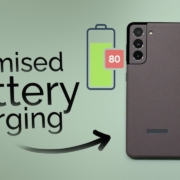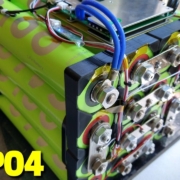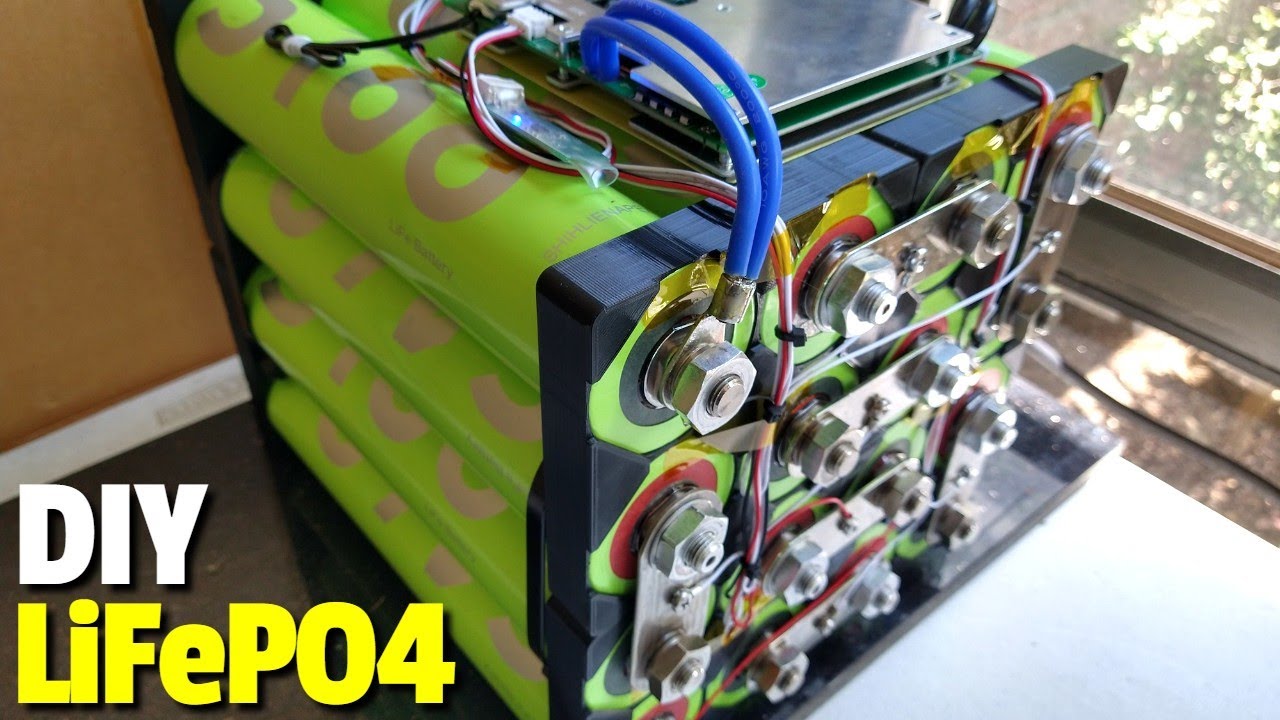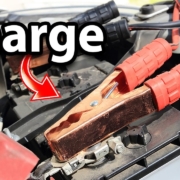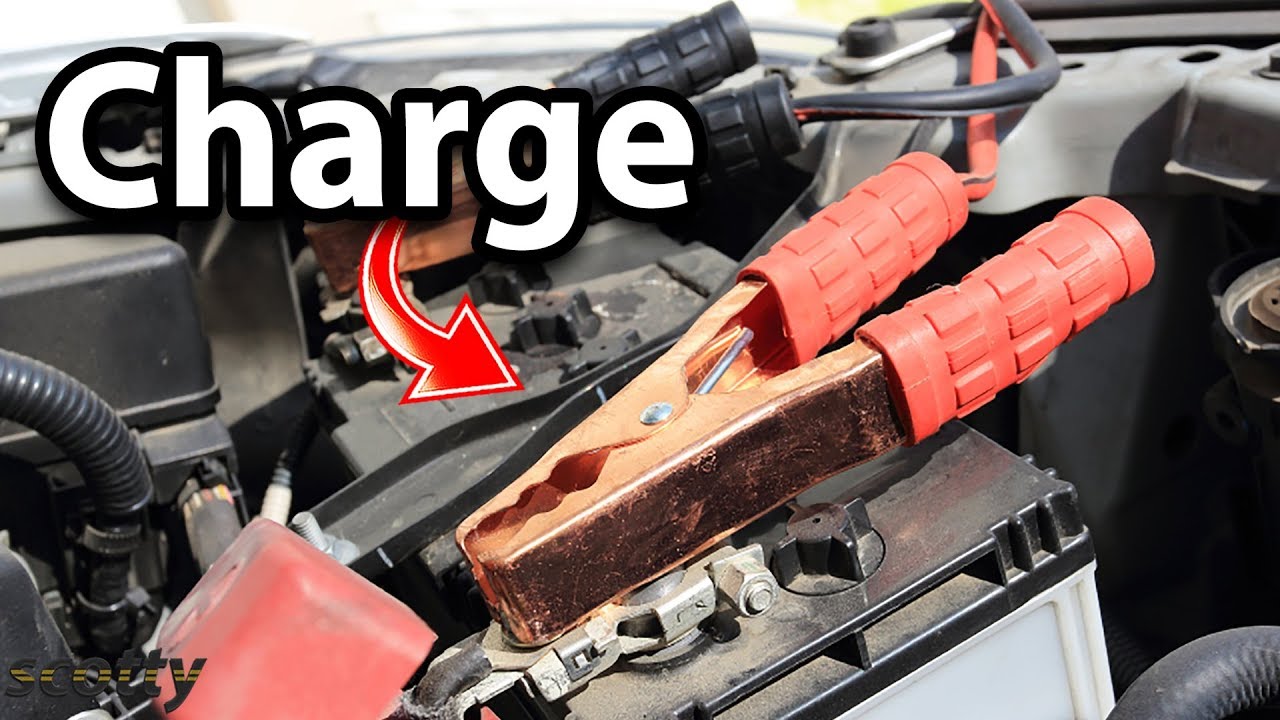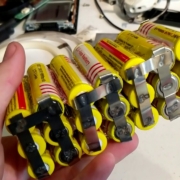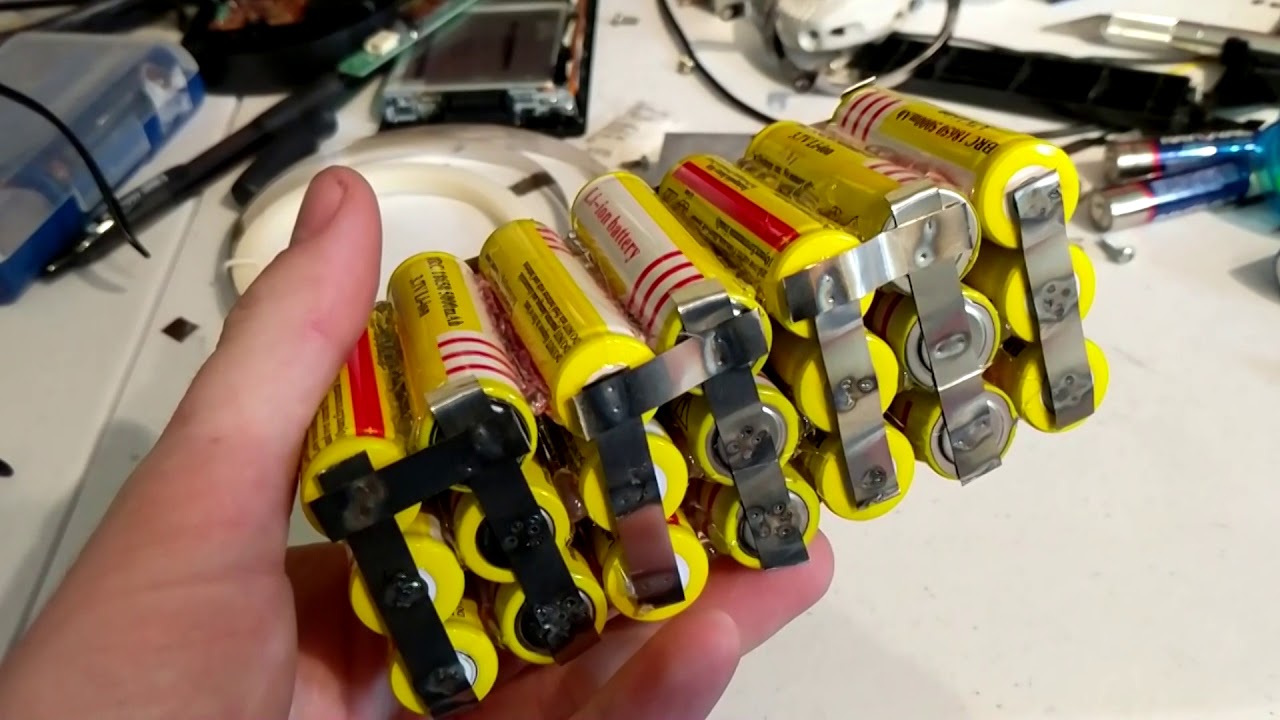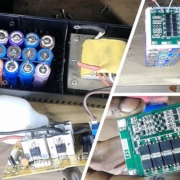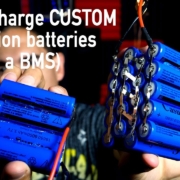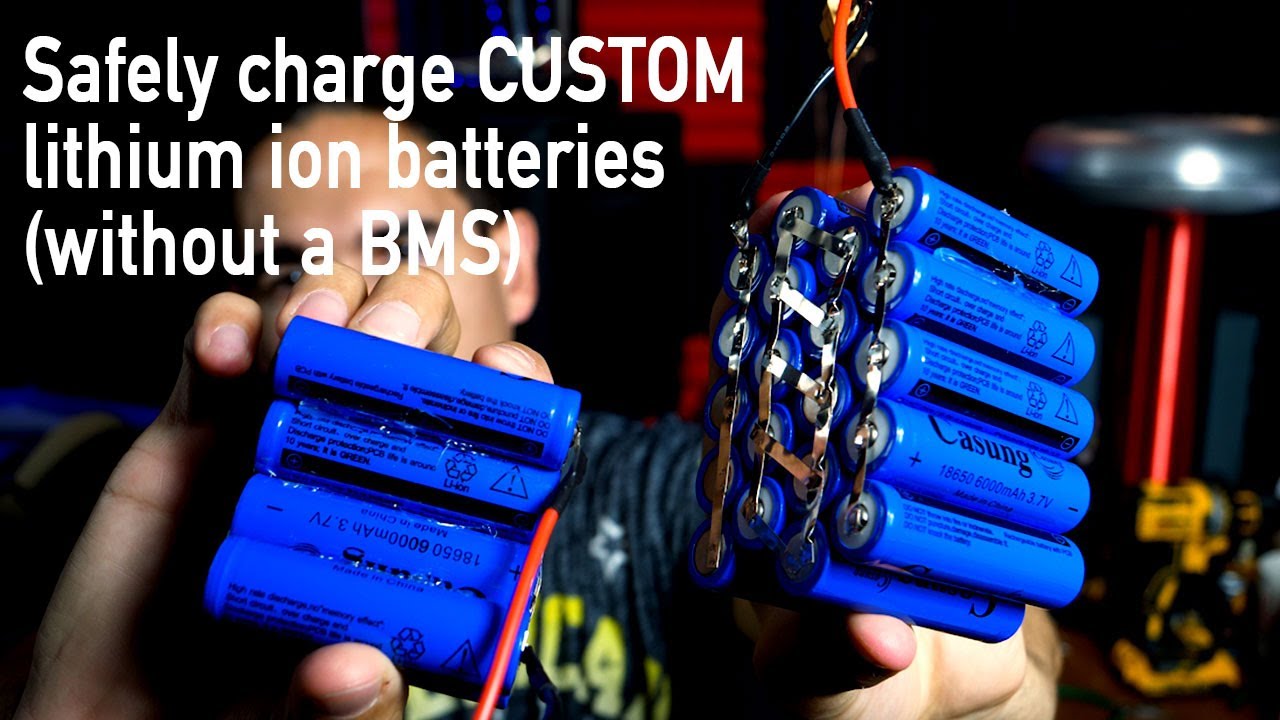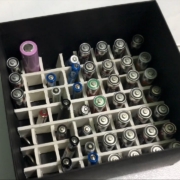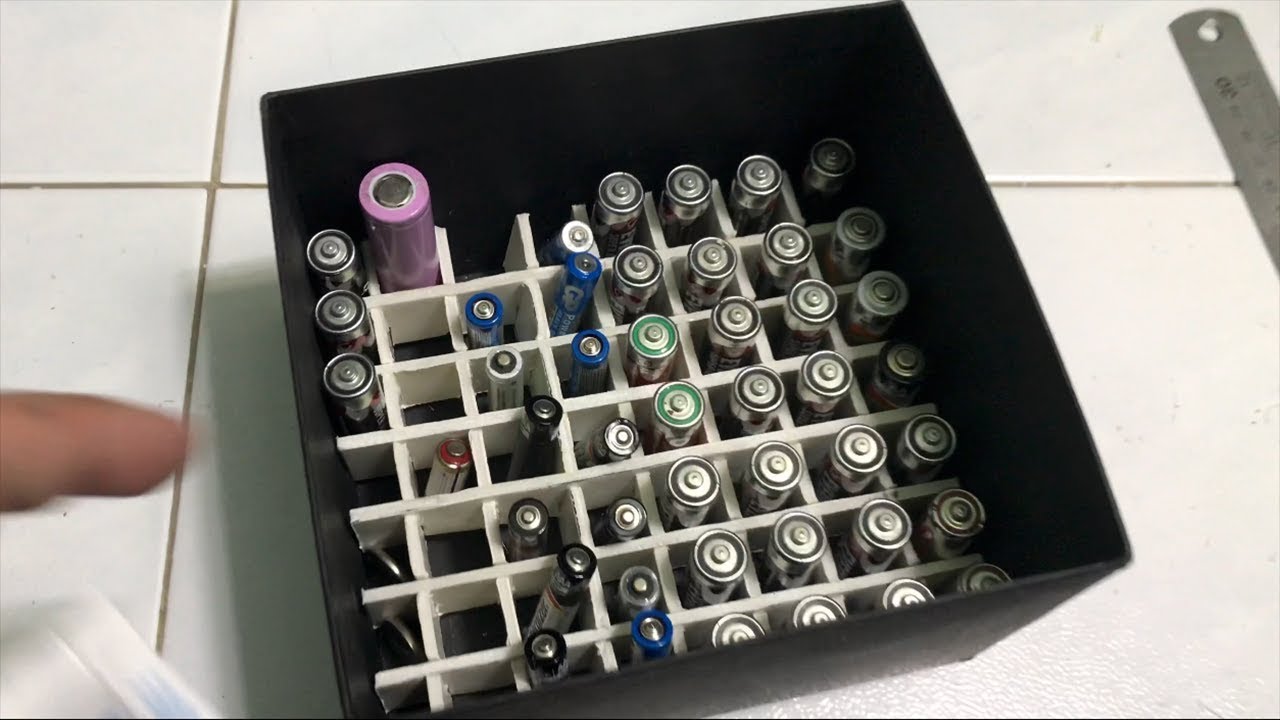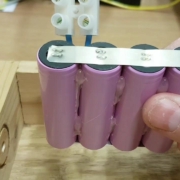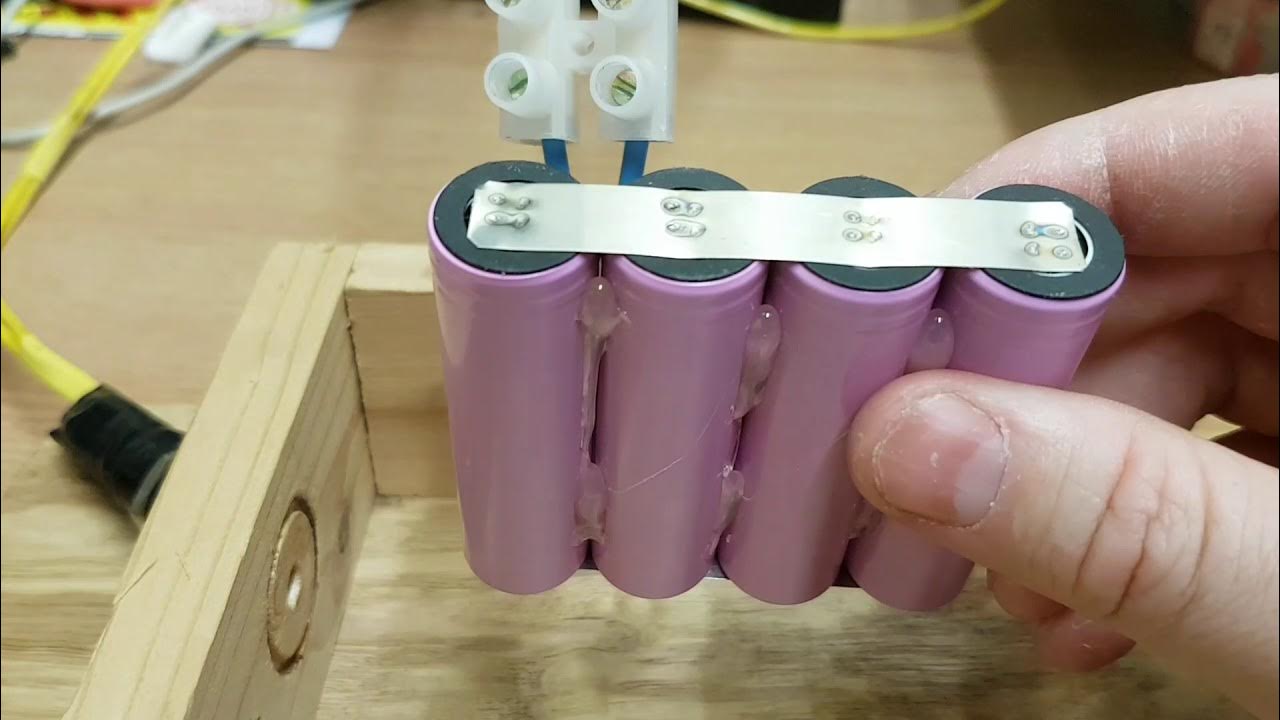What is Optimized Battery Charging? (And Why You Should Care)
Your smartphone is smarter than you think – especially when it comes to preserving its most vulnerable component. That nagging anxiety when your phone battery drains faster than it did last year? Optimized Battery Charging is your secret weapon against that slow death sentence. And if you’re still charging your device overnight without this feature enabled, you’re accidentally accelerating your battery’s demise.
As a professional lithium battery pack manufacturer, I will share everything about optimized battery charging in this post.
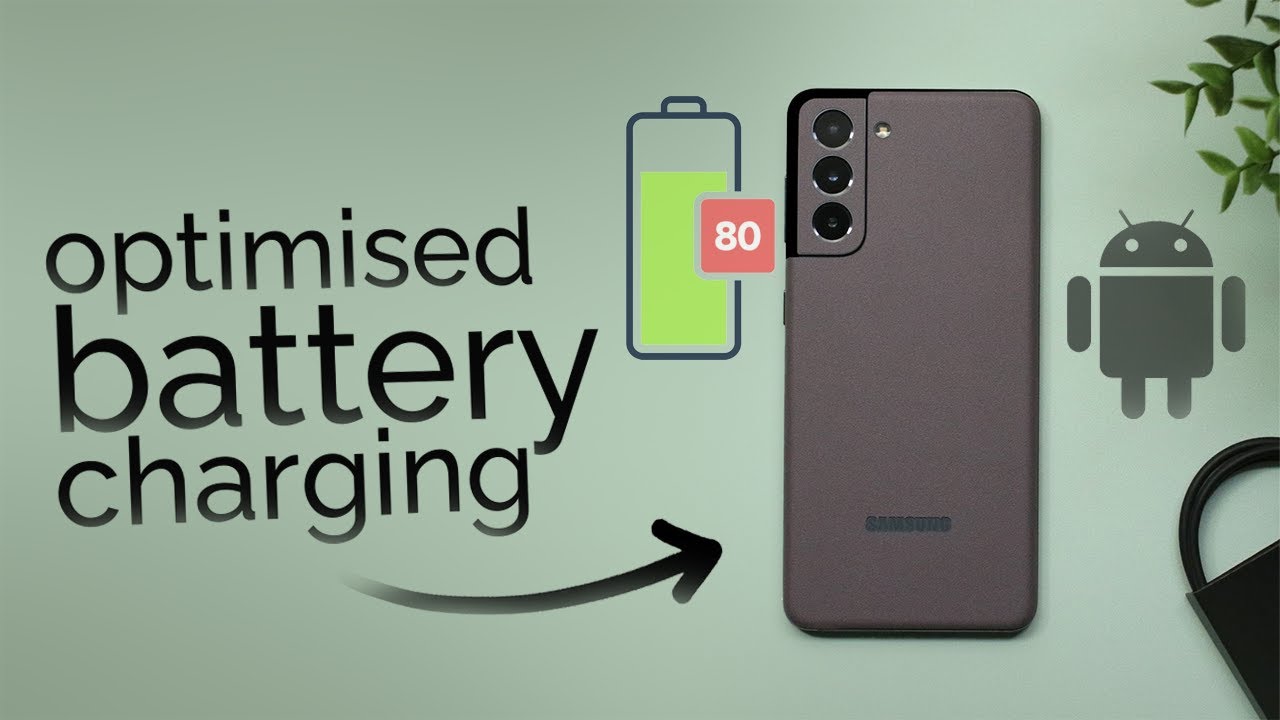
The Lithium-Ion Conundrum: Why Your Charging Habits Matter
Modern devices all share the same Achilles’ heel: lithium-ion batteries. These power sources aren’t like the old nickel-cadmium batteries your grandfather used. They’re fragile chemical systems that degrade through:
- Voltage stress from prolonged 100% charging
- Heat generation during charging cycles
- Lithium plating that permanently reduces capacity
Here’s the brutal truth: Keeping your battery at 100% charge is like revving your car engine at redline while parked. Research from Battery University shows that batteries maintained at 100% charge lose up to 20% more capacity per year compared to those kept at 80%.
That’s where optimized battery charging comes in – it’s the buffer between your charging habits and battery chemistry.
What is Optimized Battery Charging? The Smartphone’s Secret Weapon
What is optimized battery charging? It’s an AI-powered battery preservation system that learns your daily routine to minimize time spent at full charge. Instead of racing to 100% the moment you plug in, it strategically pauses charging at 80% and completes the cycle just before you typically unplug your device.
Think of it like a savvy hotel manager who knows your exact wake-up time. Instead of having your coffee ready at 3 AM (where it would go cold), they deliver it steaming hot at 6:45 AM. The result? Fresh coffee when you need it, without the waste.
The Science of Smart Charging: How It Actually Works
- Pattern recognition phase (Days 1-14):
- Tracks when/where you charge
- Notes your typical unplug times
- Requires at least nine charging sessions of 5+ hours
- 80% charging pause:
- Device charges rapidly to 80%
- Enters energy-saving suspension mode
- Strategic completion:
- Resumes charging 1-2 hours before your typical unplug time
- Reaches 100% just before you need it
Example: If you charge overnight from 11 PM to 7 AM:
- 11 PM – 12 AM: Quick charge to 80%
- 12 AM – 5 AM: Charging paused
- 5 AM – 6:30 AM: Completes to 100%
Why This Matters More Than Ever
Battery Lifespan Extension
The primary benefit isn’t daily performance – it’s long-term battery health. Data from Apple’s 2024 Battery Report shows devices with optimized charging enabled retain 35% more capacity after 500 charge cycles. For the average user, that adds 18+ months before noticeable degradation.
Environmental Impact
Consider these 2025 projections:
- 6.8 billion smartphone users worldwide
- Average phone replacement cycle: 2.8 years
- With optimized charging extending battery life by 30%, we could prevent 23 million tons of annual e-waste
Financial Savings
The math is startlingly simple:
- Average battery replacement cost: $89
- Extended device lifespan: +1.5 years
- Potential savings: $356 per decade per user
Device Compatibility: Where You’ll Find This Feature
| Platform | Minimum OS | Setting Location | Special Features |
|---|---|---|---|
| Apple iOS | iOS 13+ | Settings > Battery > Battery Health & Charging | iPhone 15+ offers manual 80% limit |
| macOS | Big Sur+ | System Settings > Battery | Syncs with iPhone charging data |
| Android | Varies by manufacturer | Settings > Battery > Charging | Samsung/Google devices have most advanced AI |
| Windows | Manufacturer dependent | BIOS/UEFI or OEM software | Lenovo/Dell offer “Conservation Mode” |
Pro Tip: Android fragmentation means some manufacturers implement this differently. Samsung calls it “Adaptive Charging,” while Google uses “Battery Share Optimization.” The principles remain identical.
How to Enable It (And When to Disable It)
iOS/Mac Activation:
- Open Settings > Battery
- Tap Battery Health & Charging
- Toggle “Optimized Battery Charging” ON
- For manual control (iPhone 15+): Set charge limit to 80%, 85%, 90%, 95%, or 100%
When to Temporarily Disable:
- Travel days with unpredictable schedules
- Power-intensive tasks (video editing, GPS navigation)
- Emergencies needing immediate 100% charge
- Enable override: Tap “Charge Now” in notification
Beyond Smartphones: Unexpected Applications
Electric Vehicles
Tesla’s 2024 “Charge Scheduling” update uses identical principles:
- Learns commute patterns
- Charges to 80% overnight
- Completes to 90-100% before departure
- Reduces battery degradation by 22% (Tesla 2024 Sustainability Report)
Renewable Energy Storage
Solar battery systems like Tesla Powerwall now implement “Grid-Assisted Charging”:
- Pauses charging during low solar production
- Completes from grid during off-peak hours
- Extends battery lifespan by 3-5 years
5 Myths Debunked
- “You need to fully drain batteries monthly”
Truth: Lithium-ion batteries prefer partial discharges. Full cycles cause unnecessary stress. - “Overnight charging is harmless with modern chargers”
Truth: Chargers stop pumping power, but 100% voltage maintenance still degrades cells. - “Battery health apps replace this feature”
Truth: Third-party apps lack system-level access to control charging circuitry. - “Optimized charging wastes electricity”
Truth: The 80-100% phase is actually more energy-efficient due to reduced heat generation. - “All devices do this automatically now”
Truth: Many budget Android devices still lack machine learning capabilities.
The Future: What 2025 Brings to Battery Optimization
- Cross-Device Learning: Your laptop will know your phone’s schedule to optimize charging across ecosystems.
- Health-Adjusted Charging: Sensors will monitor actual battery degradation to customize charging curves.
- Grid Price Integration: Devices will sync with utility APIs to charge during cheapest renewable-heavy periods.
- Solid-State Batteries: Coming in late 2025, these will fundamentally change optimization needs with higher voltage tolerance.
“Battery optimization will shift from preserving to predictively managing energy flow,” says Dr. Elena Rodriguez, MIT Energy Initiative. “Your phone will know you have a flight tomorrow and adjust charging accordingly.”
Your Action Plan for Healthier Batteries
- Enable optimized charging TODAY (takes 14 days to activate)
- Avoid extreme temperatures (especially while charging)
- Remove cases during heavy usage/charging to prevent overheating
- Use certified chargers – cheap knockoffs accelerate degradation
- Update software – manufacturers constantly refine algorithms
The Bottom Line: Why This Changes Everything
What is optimized battery charging? It’s the unseen guardian of your device’s longevity. By simply understanding your routine better than you understand it yourself, this feature adds years to your battery’s useful life while reducing environmental impact.
The irony? The most advanced battery preservation system ever created requires exactly zero effort from you. It works silently while you sleep, fight morning traffic, or binge your favorite show. All it asks is that you stop treating your battery like it’s 2005.
Enable it. Trust it. And watch as your device outlasts your upgrade impulse.
What is optimized battery charging? It’s the closest thing to a fountain of youth your smartphone will ever know.

